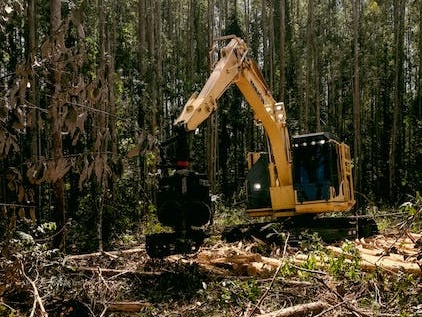Disaster Relief Communications
Comprehensive Communication Challenges in Disaster Management
Disaster management encompasses a broad spectrum of activities, including preparedness, mitigation, response, and recovery efforts, all of which require reliable and robust communication systems. Traditional communication infrastructures are often rendered inoperative or severely compromised during disasters, making it challenging to coordinate rescue operations, distribute aid, and provide information to affected communities and stakeholders. The lack of effective communication can hinder situational awareness, delay the delivery of essential services, and impede the overall disaster management efforts, affecting the speed and efficiency of recovery and rebuilding processes.
Satellite Communications Strengthening Disaster Management
The integration of satellite communication systems, through networks like Iridium, Inmarsat, and Globalstar, provides a resilient and comprehensive solution to the communication challenges faced in disaster management. These satellite networks offer reliable coverage that is crucial for maintaining communication lines when terrestrial networks are down or unreliable. By leveraging satellite technology, disaster management agencies can establish command and control centers that remain operational under any circumstances, ensuring continuous communication with first responders, government agencies, and affected populations. Satellite communications enable the real-time exchange of information, coordination of relief efforts, and dissemination of public alerts and safety information, facilitating a more organized and effective response to disasters.
Enhancing Coordination, Efficiency, and Community Resilience
Adopting satellite communications in disaster management operations brings significant advantages, enhancing both the effectiveness of response efforts and the resilience of communities. Reliable connectivity ensures that emergency services can rapidly assess the extent of damage, prioritize response activities, and efficiently allocate resources where they are needed most. It also supports the implementation of early warning systems and the timely dissemination of critical information to communities at risk, helping to mitigate the impact of disasters. Furthermore, satellite communications play a pivotal role in the recovery phase, supporting the coordination of rebuilding efforts and the restoration of essential services. By improving communication capabilities across all phases of disaster management, satellite technology not only saves lives but also accelerates recovery, contributing to the development of more resilient infrastructures and communities.



